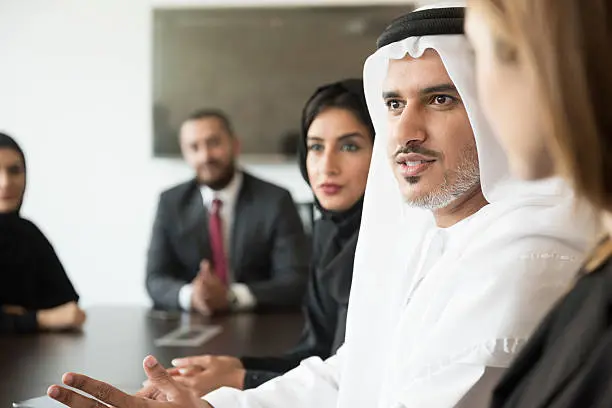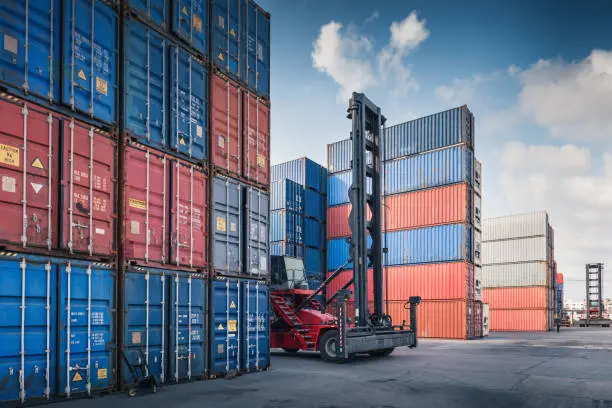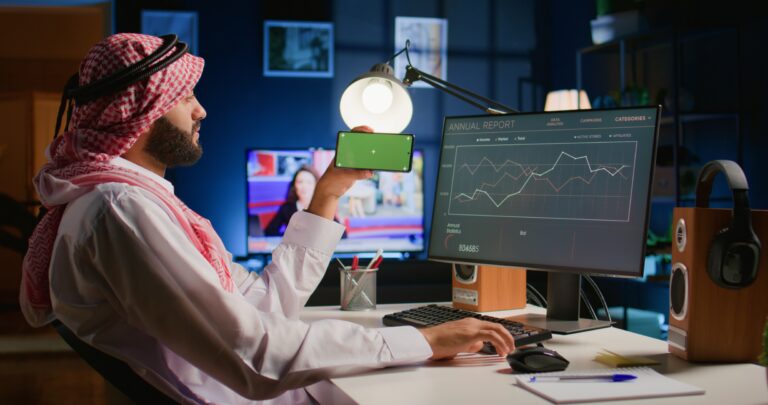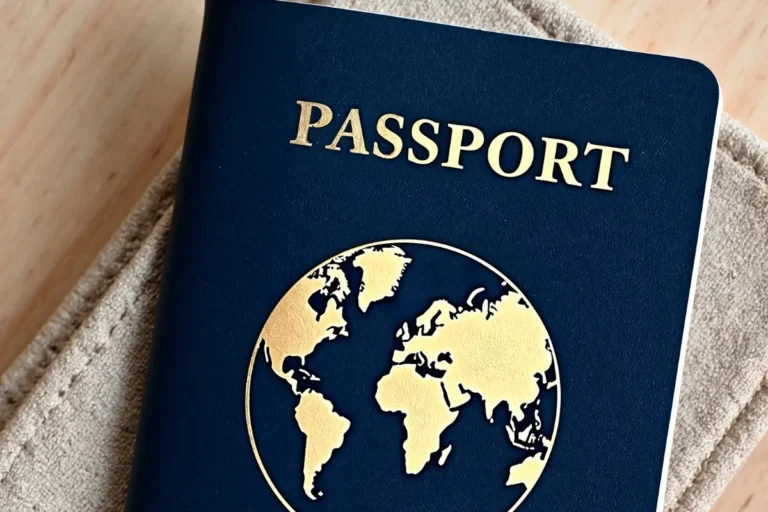September 28, 2025 | UAE: When countries talk of economic ambition, the phrase non-oil trade goal signals a shift away from dependence on energy exports toward a more balanced trade ecosystem. For both India and the UAE, this ambition is shaping into a bold journey. With the India UAE trade partnership already one of the strongest in Asia and the Gulf, the next chapter lies in diversifying beyond oil and precious metals to achieve a truly sustainable future.
The Ambitious Non-Oil Trade Goal
India and the UAE have agreed to pursue a significant non-oil trade goal: doubling bilateral non-oil commerce to USD 100 billion within the next 3–4 years. This figure excludes energy, gold, and precious metals, focusing instead on sectors like textiles, food products, pharmaceuticals, machinery, and digital services.

What makes this non-oil trade goal crucial is its human dimension. It is not just about numbers on paper, but about creating jobs in India, generating new export opportunities for small businesses, and helping the UAE reduce its over-reliance on oil revenues.
India UAE Trade at Present
To understand the path ahead, it helps to see where India and UAE trade stands today.
- In the first half of 2025, non-oil trade between the two nations touched USD 38 billion, showing a 34 % rise over the same period in 2024.
- Total bilateral trade, including oil and metals, has already crossed USD 100 billion annually.
- The UAE is among India’s top three trading partners, while India ranks among the UAE’s largest markets for non-oil exports.
Still, the clean basket of goods, those beyond oil and gold forms only about one-third of total trade. To meet the non oil trade goal, both governments and private sectors must focus sharply on expanding this portion of commerce.
Why the Non-Oil Trade Goal Matters
- Economic resilience: By diversifying, both economies protect themselves from global oil price swings.
- Job creation: Expanding India and UAE trade in labor-intensive sectors such as textiles and food processing directly benefits workers.
- Innovation and technology: Moving into pharmaceuticals, electronics, and services encourages higher value-added exports.
- Regional influence: Achieving the non-oil trade goal strengthens India and the UAE’s positions as leaders in the Gulf and South Asia.

Roadmap to Achieve the Goal
To transform ambition into reality, both countries must focus on:
- Priority sectors: Textiles, agro-processing, pharma, and electronics should drive the next phase of India UAE trade.
- Trade facilitation: Faster customs clearance, digital paperwork, and mutual recognition of standards will cut delays.
- Investment partnerships: UAE capital and India’s manufacturing base can work together through joint ventures and industrial parks.
- Logistics & supply chains: Enhancing port connectivity and creating dedicated India-UAE trade corridors will boost volumes.
- Skill and technology sharing: Joint R&D hubs and training programs can strengthen competitiveness in non-oil sectors.
Challenges on the Horizon
While the non-oil trade goal is inspiring, challenges remain:
- Trade imbalances, India still imports more energy than it exports in goods.
- Small businesses often struggle with quality standards and financing.
- Regulatory mismatches between the two countries sometimes slow progress.
- Uneven benefits, rural areas may not feel the gains of India UAE trade unless inclusion policies are enforced.
These hurdles highlight the importance of continuous monitoring and adaptive policies.

Human Impact of India UAE Trade
Beyond strategy and economics, there are personal stories. A leather artisan in Agra who finds a market for his work in Dubai, or a UAE-based food distributor sourcing spices directly from Indian farmers, these stories breathe life into the non-oil trade goal. For thousands of small traders and exporters, the partnership opens doors to prosperity and recognition on a global scale.
The non-oil trade goal between India and the UAE is more than an economic target, it is a shared vision for resilience, diversification, and inclusive growth. Achieving USD 100 billion in non-oil trade will require innovation, commitment, and strong bilateral cooperation. If governments and businesses work hand in hand, India and UAE trade will not only hit new records but also set a global example of how two economies can build a future beyond oil.
Also Read: Dubai Education Cost Reduction Announced at Mohammed Bin Rashid Leadership Forum














